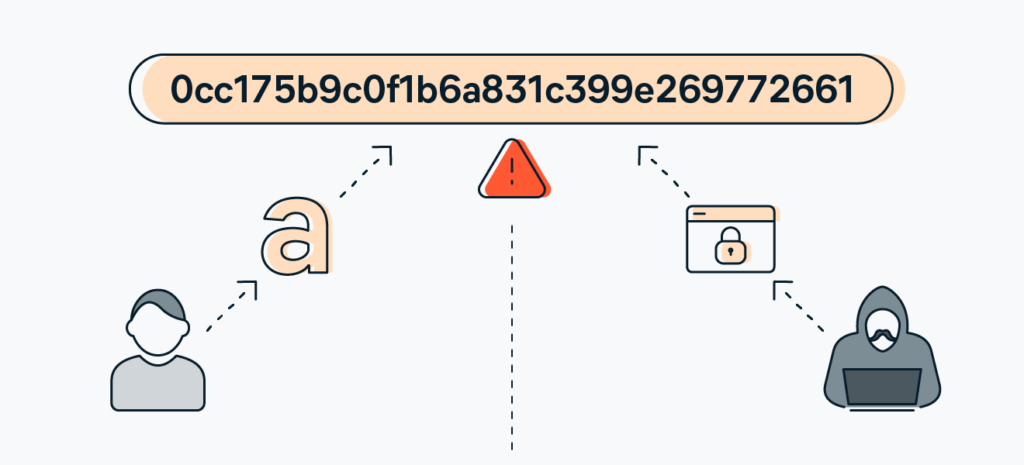What is MD5 and How Does It Work?
MD5, which stands for Message Digest Algorithm 5, is a widely used cryptographic hash function that was designed by Ronald Rivest in 1991. It is part of the MD (Message Digest) family of hash functions and was intended to provide a fast and reliable way to produce a unique, fixed-size hash value from an arbitrary block of data, typically producing a 128-bit hash value expressed as a 32-digit hexadecimal number. This article will delve into the details of what MD5 is, how it works, and its applications and limitations in the modern digital landscape.
The Basics of MD5
A hash function like MD5 takes an input (or ‘message’) and returns a fixed-length string of characters, which is typically a hexadecimal number. The crucial property of a hash function is that even a small change in the input should produce a significantly different output. This makes hash functions particularly useful for verifying the integrity of data. MD5 hashes are often used to check the integrity of files, ensuring that they have not been altered or corrupted.

How MD5 Works
MD5 processes the input data in 512-bit blocks, and the algorithm goes through several stages to produce a 128-bit hash value. Here is a step-by-step overview of how MD5 works:
- Padding the Message: The original message is padded so that its length is congruent to 448 modulo 512, which means it is extended so that the length of the message (in bits) is 64 bits less than a multiple of 512. Padding involves appending a single ‘1’ bit to the message followed by as many ‘0’ bits as necessary.
- Appending the Length: After padding, a 64-bit representation of the original message length (before padding) is appended to the end. This ensures that the padded message length is a multiple of 512 bits.
- Initialize MD Buffer: MD5 uses a buffer that consists of four 32-bit registers (A, B, C, D) initialized to specific constants:makefileКопировать код
A = 0x67452301 B = 0xEFCDAB89 C = 0x98BADCFE D = 0x10325476 - Processing Message in 512-bit Blocks: The main MD5 algorithm operates on each 512-bit block of the padded message. Each block is divided into 16 words of 32 bits each. The algorithm then performs a series of bitwise operations (including AND, OR, XOR, and NOT) and modular addition using constants derived from the sine function.
- The Four Rounds: The heart of MD5 lies in its four rounds of processing. Each round consists of 16 operations and uses a different nonlinear function and a constant for each operation. The functions are designed to introduce nonlinearity and ensure that even small changes in the input produce large changes in the output hash.
- Combining the Buffers: After processing each 512-bit block, the buffers A, B, C, and D are added to the output from the previous block. This ensures that the final hash value depends on all parts of the input message.
- Output: After all blocks are processed, the contents of the buffers A, B, C, and D are concatenated to form the final 128-bit hash value.
Applications of MD5
MD5 has been widely used in various applications requiring data integrity and authentication, including:
- File Integrity Checks: Verifying that a file has not been altered. MD5 checksums can be compared before and after transmission to ensure the file’s integrity.
- Digital Signatures: Creating a unique digital fingerprint for documents to verify authenticity.
- Password Hashing: Although no longer recommended, MD5 was once used to hash passwords for storage.
Limitations and Vulnerabilities

Despite its initial popularity, MD5 is now considered cryptographically broken and unsuitable for further use due to several critical vulnerabilities:
- Collision Vulnerability: Researchers have demonstrated that it is possible to generate two different inputs that produce the same MD5 hash. This makes it unsuitable for applications requiring collision resistance, such as digital signatures.
- Preimage Attacks: While less practical than collision attacks, there are concerns that MD5 may be vulnerable to preimage attacks, where an attacker can find an input that hashes to a specific output.
Modern Alternatives
Due to these vulnerabilities, MD5 has been largely replaced by more secure hash functions such as SHA-256 (Secure Hash Algorithm 256-bit). SHA-256 produces a longer hash value, making it more resistant to collision and preimage attacks.
MD5 was a groundbreaking algorithm in its time, providing a simple and efficient way to generate unique hash values from input data. However, its vulnerabilities have led to its decline in use for security-sensitive applications. Understanding the history and workings of MD5 is crucial for appreciating the evolution of cryptographic hash functions and the ongoing efforts to secure digital information. As technology advances, the importance of using robust and secure algorithms like SHA-256 becomes ever more apparent, ensuring the continued protection of data in an increasingly digital world.
